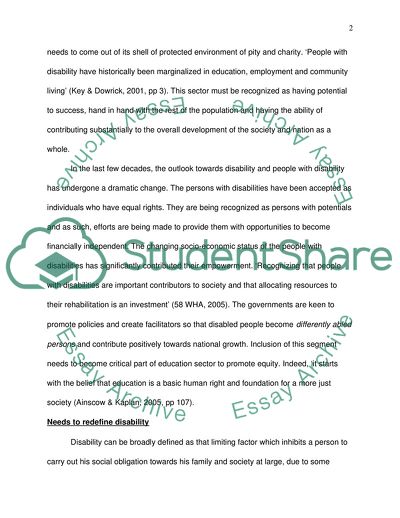Cite this document
(Inclusion of Children with Disability in Education System in Australia Coursework - 1, n.d.)
Inclusion of Children with Disability in Education System in Australia Coursework - 1. https://studentshare.org/education/1734369-order
Inclusion of Children with Disability in Education System in Australia Coursework - 1. https://studentshare.org/education/1734369-order
(Inclusion of Children With Disability in Education System in Australia Coursework - 1)
Inclusion of Children With Disability in Education System in Australia Coursework - 1. https://studentshare.org/education/1734369-order.
Inclusion of Children With Disability in Education System in Australia Coursework - 1. https://studentshare.org/education/1734369-order.
“Inclusion of Children With Disability in Education System in Australia Coursework - 1”. https://studentshare.org/education/1734369-order.


